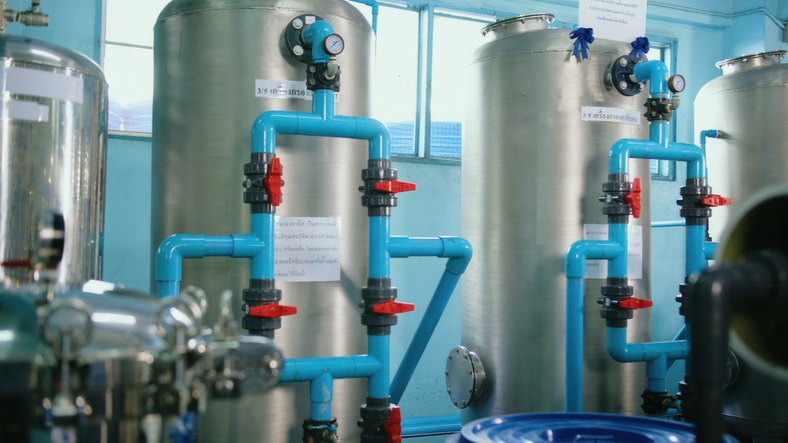Introdution
Clean water is essential for life; yet, much of the world’s water supply is contaminated with substances that can harm human health. That’s where water filtration steps in—a complex but highly effective process designed to make water safe for consumption and use. From industrial plants to household systems, water filtration plays a vital role in removing physical, chemical, and biological impurities. Understanding the underlying science helps homeowners and businesses appreciate how these systems work and why they’re necessary. Water filtration doesn’t just improve taste and clarity. It also protects lives by eliminating harmful pathogens and pollutants. In this blog, we explore the major components and science behind modern water treatment filtration in Ellicott City MD.
How Water Filtration Works: The Science Explained
1. Physical Filtration – The First Line of Defense:
Physical filtration involves the removal of large particles and sediments from water using barriers such as screens, sand filters, or membranes. This process targets dirt, debris, rust, and organic matter that could clog pipes or harm further treatment stages. Think of it as a sieve that catches larger impurities before deeper purification occurs. Mechanical filters are rated by micron size—the smaller the micron, the finer the filtration. While basic, this step is critical in ensuring that subsequent treatments work more efficiently and last longer.
2. Chemical Filtration – Removing Dissolved Contaminants:
Chemical filtration uses substances like activated carbon, ion exchange resins, or oxidizing agents to remove dissolved chemicals from water. Activated carbon is especially effective at absorbing chlorine, volatile organic compounds (VOCs), and certain pesticides. Ion exchange systems target minerals like calcium and magnesium, softening the water in the process. Chemical reactions bind or transform unwanted substances into less harmful forms or remove them entirely. This step enhances both the safety and taste of drinking water.
3. Biological Filtration – Targeting Microorganisms:
Biological filtration is essential for removing pathogens such as bacteria, viruses, and protozoa. Some systems use beneficial bacteria to break down organic contaminants, while others rely on UV sterilizers or membrane technologies to block microbial passage. In municipal systems, chlorination and ozonation often follow filtration to disinfect the water completely. Biological filtration ensures water is not only visually clean but also microbiologically safe. This stage is particularly important in preventing waterborne diseases.
4. Advanced Membrane Filtration – Precision and Purity:
Technologies like reverse osmosis (RO) and nanofiltration use semi-permeable membranes to achieve high levels of purification. RO systems force water through ultra-fine membranes that remove nearly all contaminants, including heavy metals, nitrates, and even some viruses. These systems are highly effective but may require more energy and generate wastewater as a byproduct. Despite this, they’re popular in both residential and industrial settings where purity is critical. Membrane filtration represents the cutting edge of water treatment science.
5. System Integration and Monitoring:
Effective water filtration isn’t just about individual components but how they’re integrated and managed. Modern systems often use sensors and smart controllers to monitor water quality in real time and adjust treatment levels accordingly. Routine maintenance, such as filter changes and performance checks, is key to long-term reliability. System design varies based on water source, desired output quality, and application. Whether in a rural home or urban facility, tailored solutions ensure efficiency and safety.
Water filtration combines physical, chemical, and biological processes to create clean, safe, and reliable water sources. Each stage plays a unique role in eliminating specific contaminants, ensuring comprehensive protection. As filtration technologies evolve, so does our ability to treat more complex and contaminated water sources. Understanding the science behind these systems empowers homeowners and businesses to make smarter decisions about water quality. Clean water is not just a luxury—it’s a necessity worth investing in.
Conclusion
If you need an efficient water softener repair in Baltimore MD, call the experts at Supreme Service Today at (410) 788-1114. We will provide reliable service suiting your needs.
📌Trusted experts near you! Stop by our Supreme Services Center for reliable plumbing, Heating, and HVAC solutions — fast, friendly, and local.





